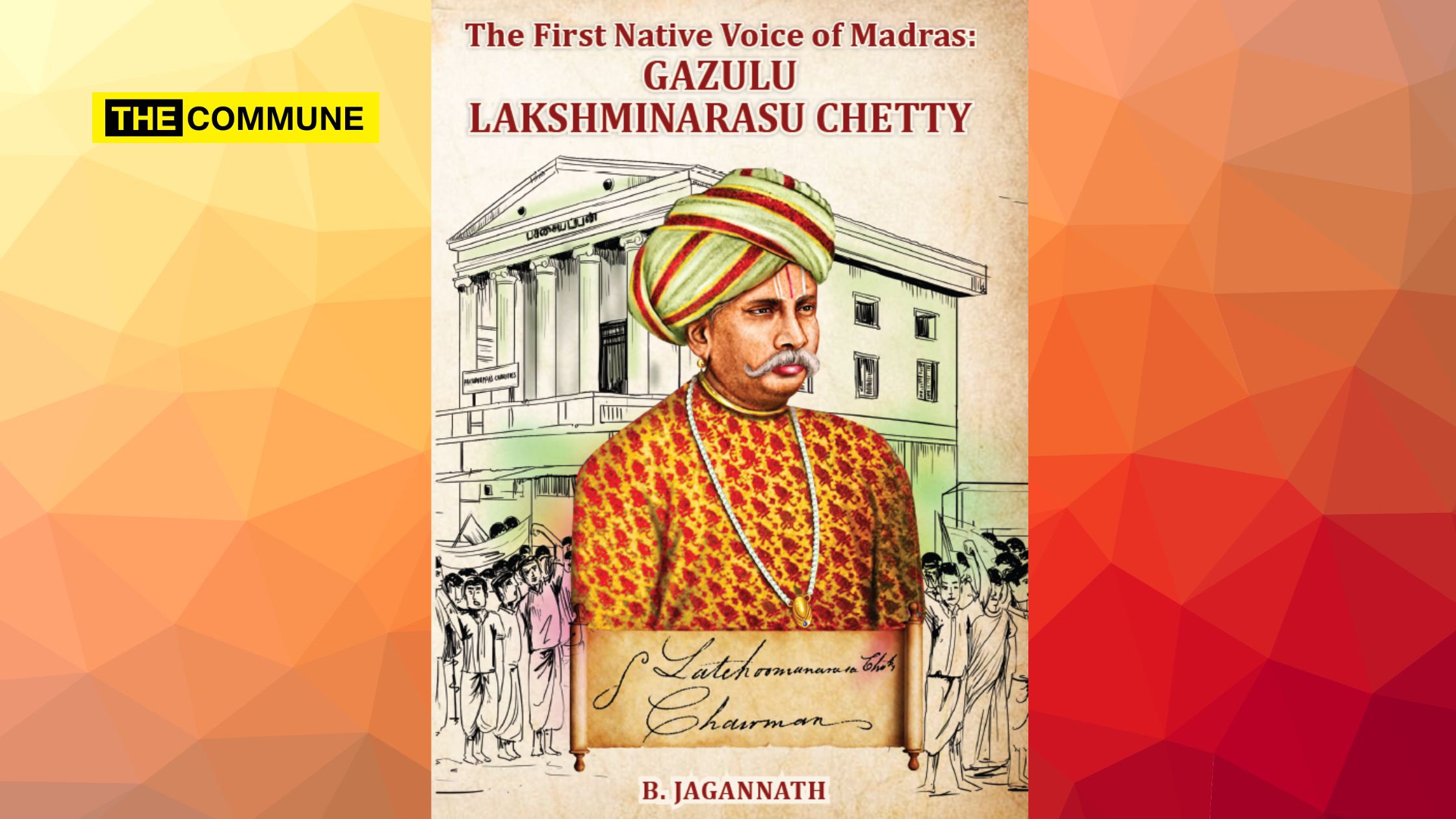
In this meticulously researched and enlightening book, the author and advocate, B Jagannath uncovers the remarkable life and legacy of Gazulu Lakshminarasu Chetty, a pivotal figure in 19th century Madras Presidency whose contributions have been largely overlooked by history.
For the uninitiated, B Jagannath is the same person who stood up and took action in the “eradicate Sanathana Dharma” remarks case made by DMK Minister Udhayanidhi Stalin.
This book was launched on 17 June 2024 by the Hon’ble Governor of Tamil Nadu, RN Ravi at TN Rajaratnam Kalai Arangam – Muthamizh Peravai in Adayar, Chennai.
The book is a revelation for many readers, including this reviewer, who had little prior knowledge of Chetty. As one reads through the book, it becomes clear that Chetty was a towering figure who stood as a formidable barrier between the native Indians and the oppressive policies of the British Crown.
Written in accessible prose, the book paints a vivid picture of the challenges faced by native Indians under British rule in the 19th century. It details the extent of missionary activities, forced conversions, oppressive taxation, and attempts to impose Christian religious education. Against this backdrop, Chetty emerges as a heroic defender of native Indians’ rights and culture.
One of Chetty’s most significant achievements was breaking the British monopoly on printing and publishing. By establishing the Madras Crescent newspaper, he gave voice to native concerns and became a pioneer of the Indian press. The author makes a compelling case for considering Chetty the father of the Indian printing and newspaper industry.
The book also highlights Chetty’s political acumen and dedication. He not only raised issues in local committees but ensured they reached the British Parliament, often achieving tangible results for the native Indian populace. His efforts were crucial in preserving access to education for Indians and resisting forced religious conversions.
While the book is comprehensive, it leaves the reader wanting more. As noted by the Governor of Tamil Nadu during the launch of the book, the book is a condensed version, and each chapter could be expanded into its own volume. This is particularly true for the sections detailing the atrocities committed under British rule, which are both shocking and deserving of further exploration.
A question that lingers after reading is why such an important historical figure has been largely forgotten. The book raises intriguing possibilities about systematic efforts to erase Chetty’s legacy, potentially by missionary groups or Dravidian ideologues. This aspect of historical memory and narrative control is a fascinating thread that could be further developed.
One of the book’s strengths is its portrayal of Chetty as a unifying figure who fought for all Indians, regardless of caste, boundary, or class. This nuanced view challenges some contemporary narratives about historical caste relations in Tamil Nadu.
In conclusion, this book is not just a biography but a seed for further historical exploration. It serves as a vital contribution to our understanding of 19th-century India and the complex dynamics of colonial rule. For anyone interested in Indian history, the freedom struggle, or the roots of modern Indian media, this book is an essential read. It not only honors a forgotten hero but also prompts us to question why such important figures fade from our collective memory. Kudos to the author for choosing this forgotten hero and bringing him back into the limelight.
Subscribe to our channels on Telegram, WhatsApp, and Instagram and get the best stories of the day delivered to you personally.




